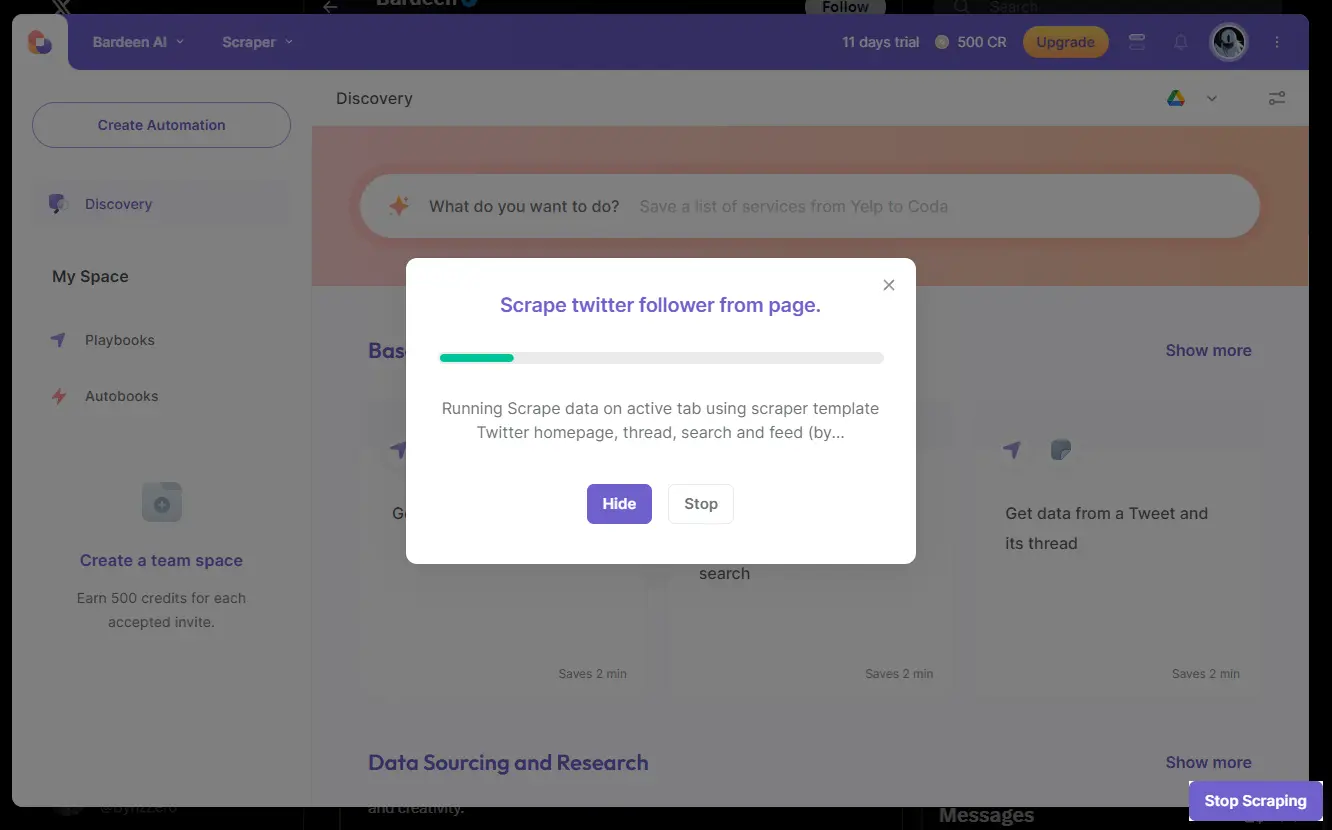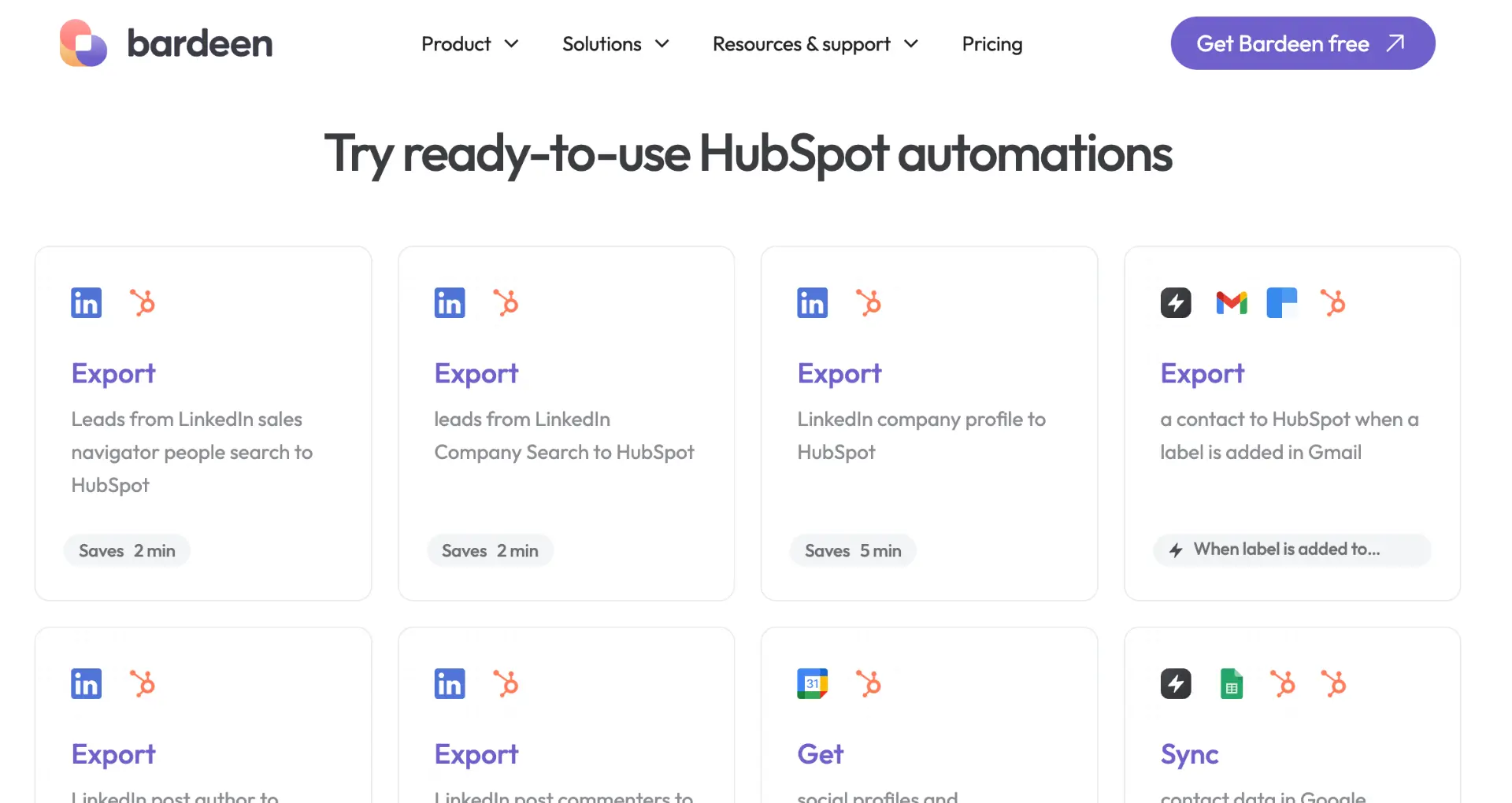Static lists in HubSpot offer a simple way to segment your database and create targeted lists of contacts that remain unchanged unless manually updated. Unlike active lists that automatically add or remove contacts based on set criteria, static lists are ideal for one-time data segmentation needs, such as organizing event attendees or creating a list of past customers for an anniversary sale. In this comprehensive guide, we'll explore the basics of static lists in HubSpot, how to create and use them effectively, and best practices for managing these lists to optimize your marketing efforts.
Understanding the Basics of Static Lists in HubSpot
Static lists in HubSpot are a type of list that allows you to manually select and group specific records, such as contacts or companies, based on criteria you define. Unlike active lists that automatically update as records meet or fail to meet the set criteria, static lists remain unchanged unless manually modified.
Here are some key points to understand about static lists:
- Static lists are ideal for maintaining consistent data sets for specific campaigns or events that don't require constant updates as new data comes in.
- Creating a static list in HubSpot involves setting up criteria and manually choosing the records to include.
- To create a static list, navigate to CRM > Lists, click "Create list," select the type of records (contacts, companies, deals), choose "Static list," and define your criteria.
Static lists are particularly useful in scenarios such as:
- Organizing event attendees for targeted follow-up communications.
- Creating a list of past customers for anniversary sales or special promotions.
- Segmenting a specific group of contacts for a one-time email campaign.
By leveraging static lists in these situations, you can ensure that your targeted communications reach the intended audience without the need for continuous list management. For more tips on engaging cold and warm leads, check out our guide.
Integrating Static Lists with HubSpot's Marketing Tools
Static lists in HubSpot can be seamlessly integrated with various marketing tools, allowing you to create targeted campaigns and personalized experiences for your audience. Here's how you can leverage static lists in conjunction with HubSpot's marketing features:
- Email campaigns: Use static lists to send targeted email blasts to a specific group of contacts. To do this, navigate to Marketing > Email, create a new email, and select your static list as the recipient group.
- Ads audiences: Create custom audiences for your ad campaigns using static lists. This ensures your ads reach the right people based on specific criteria. In HubSpot, go to Marketing > Ads, create a new audience, and choose your static list as the source.
- Customer surveys: Gather valuable feedback from a specific group of customers by sending surveys to a static list. Navigate to Service > Feedback Surveys, create a new survey, and select your static list as the recipient group.
Using static lists for one-time marketing initiatives offers several advantages:
- Precise targeting: Ensure your message reaches the intended audience without the need for constant list updates.
- Consistent data: Maintain a stable dataset for your campaign, as static lists don't automatically add or remove contacts based on changing criteria.
- Easy setup: Quickly link your static list to marketing tools without the need for complex segmentation or ongoing management.
However, it's essential to recognize the limitations of static lists in dynamic marketing situations. If your campaign requires an automatically updating recipient list based on real-time criteria, active lists are the better choice.
Static lists save you time, but active lists are better for ongoing campaigns. Automate with Bardeen to automate sales prospecting.
Managing and Optimizing Static Lists for Better Performance
To ensure your static lists remain effective and relevant, it's crucial to manage them properly. Here are some best practices for maintaining and optimizing your static lists in HubSpot:
- Regularly review and update: Periodically assess your static lists to ensure they still align with your marketing goals. Depending on the nature of the list, consider reviewing them monthly, quarterly, or annually.
- Manually add or remove contacts: Keep your lists up-to-date by manually adding or removing contacts as needed. This allows you to refine your list without altering the core criteria.
- Monitor performance metrics: Use HubSpot's analytics tools to track the performance of your static lists. Key metrics to watch include open rates, click-through rates, and conversion rates. Use these insights to identify areas for improvement.
- Troubleshoot common issues: If you encounter problems like import errors or syncing issues, consult HubSpot's knowledge base or reach out to their support team for guidance.
By following these best practices, you can ensure your static lists remain a valuable asset in your marketing efforts. Remember, well-managed static lists can lead to more targeted and effective campaigns, ultimately driving better results for your business.






